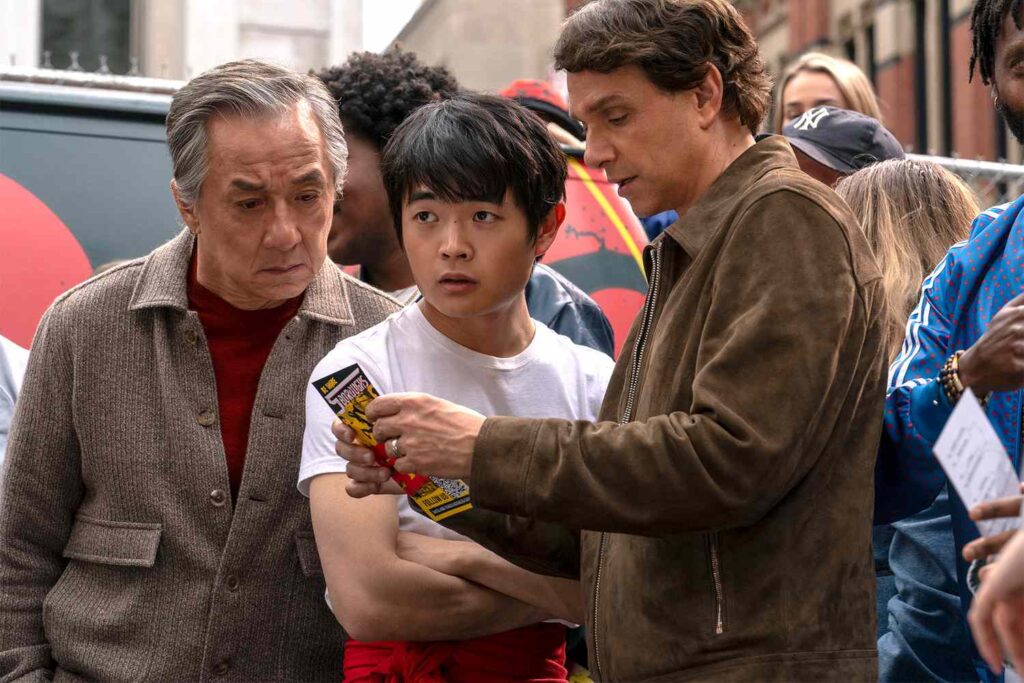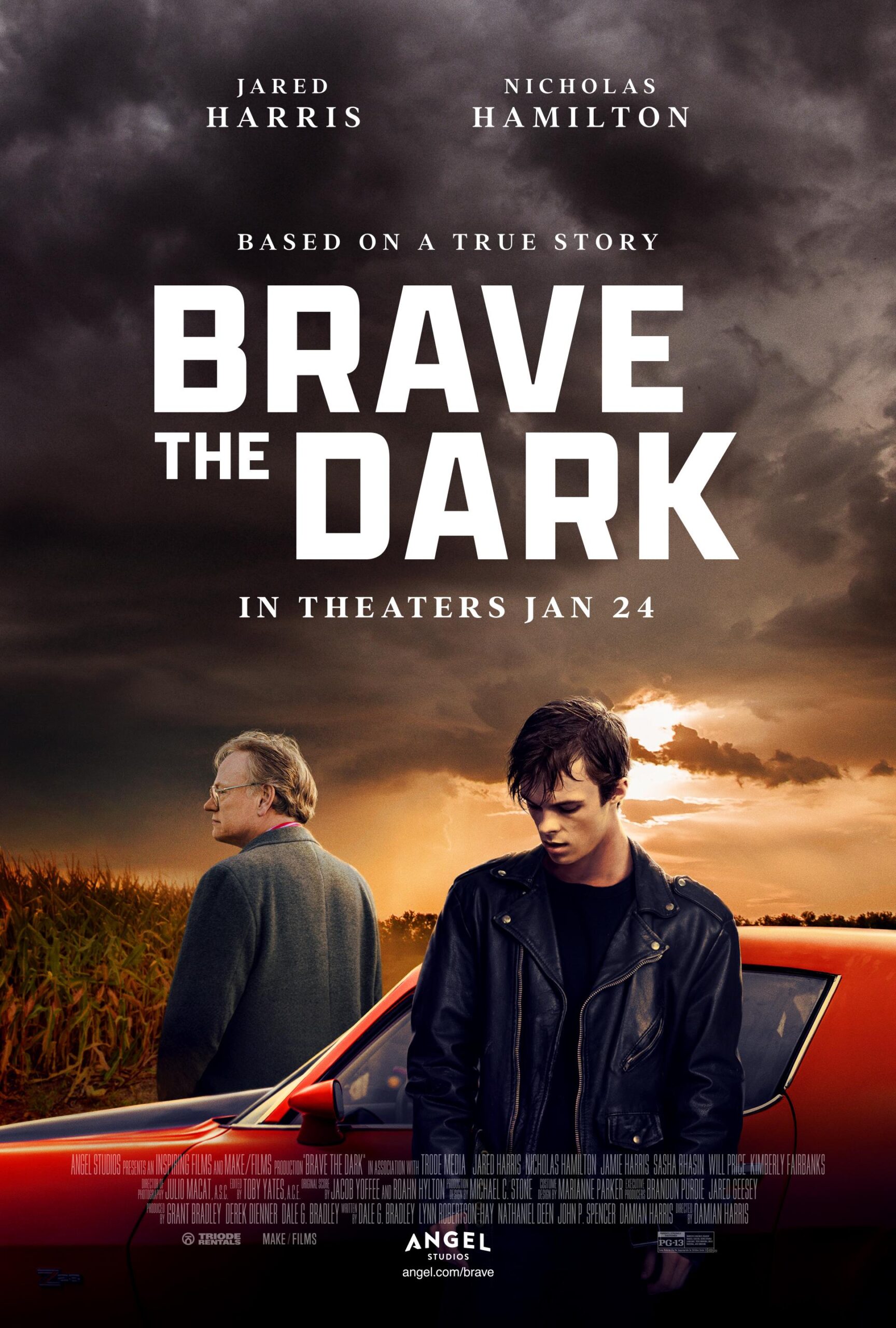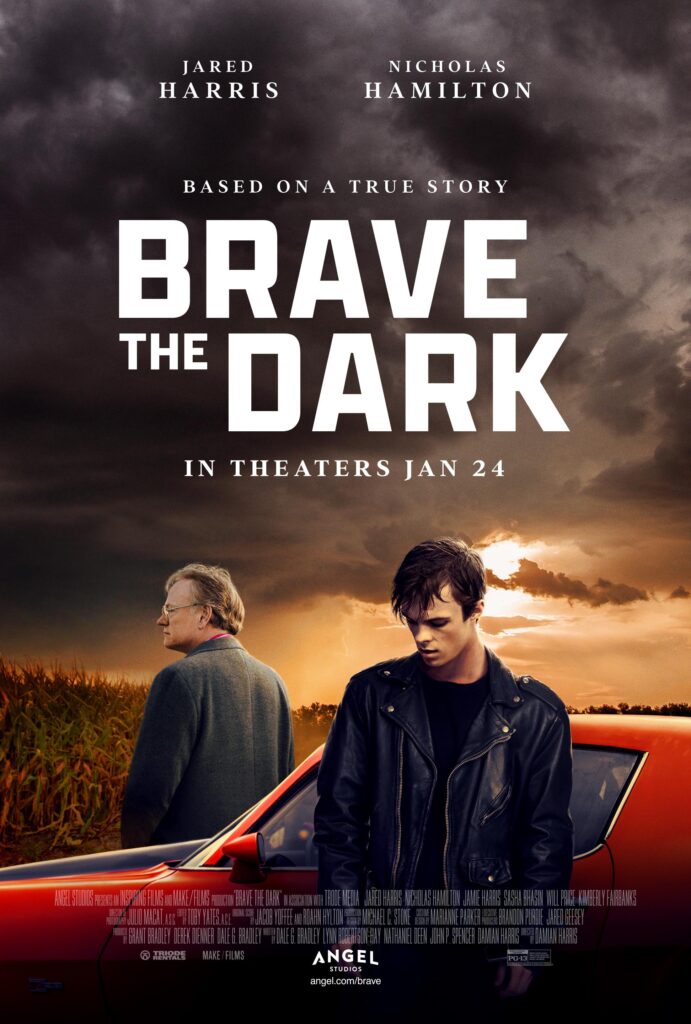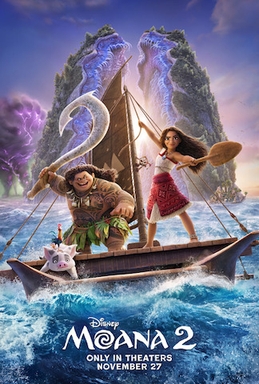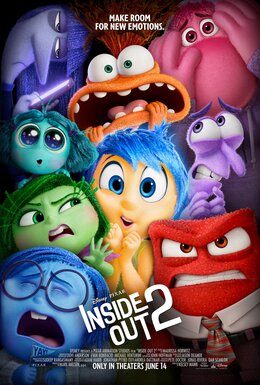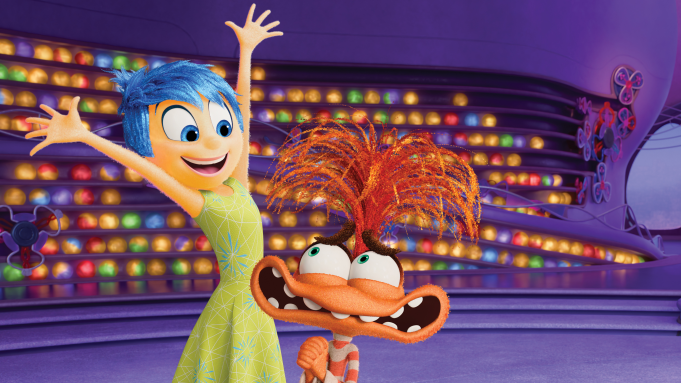How to Train Your Dragon (2025)
Posted on June 15, 2025 at 9:32 pm
B| Lowest Recommended Age: | 4th - 6th Grade |
| Date Released to Theaters: | June 13, 2025 |
| Date Released to DVD: | August 13, 2025 |
It may be completely unnecessary but this live action version of the terrific 2010 animated “How to Train Your Dragon” is still a great story. The story is heartwarming, the visuals are exciting, and the themes of courage used for a deeper understanding are still worthy.
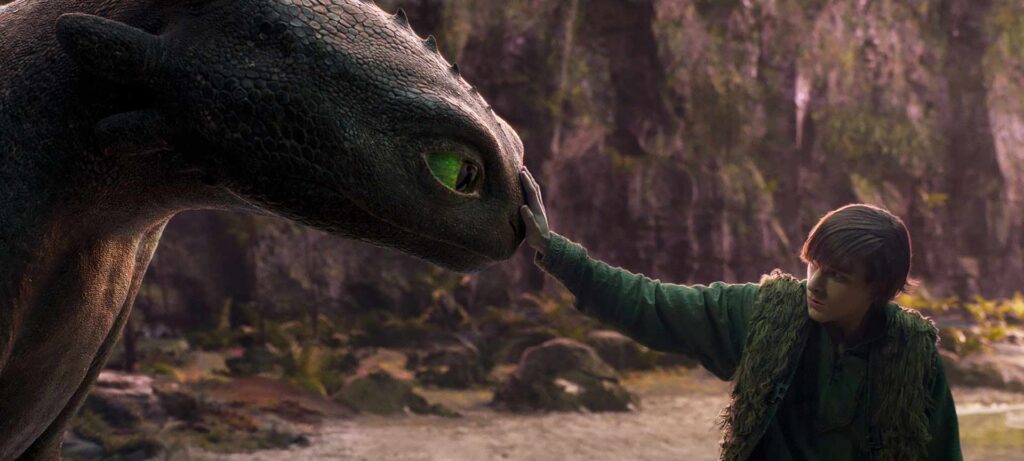
I object to the idea that an animated film is just a lesser version until technology develops to create a “live action” remake (the dragons are CGI). Animation has its own artistry, vibrance, and expressiveness. This version is almost a shot-for-shot remake, emphasizing the original’s unsurpassability, yet somehow it is nearly half an hour longer. The original – and its sequels and spin-offs – are so memorable that this remake is like enjoying a cover band version of a classic song more for the memories it evokes of the original than for its own merits.
Our young hero is Hiccup (Mason Thames), the son of single dad and chief Stoick (Gerard Butler, who voiced the same character in the original). They live in Berk, a craggy, stark, unforgiving, and remote Scandinavian community beset by dragons who steal their food. Status is based on killing dragons and many people in the community proudly sport scars and prosthetics to demonstrate their courage in these battles. Stoick, disappointed by his son’s lack of warrior spirit, reminds Hiccup that his mother was killed by a dragon (though those of us who have seen the animated sequels know that she is still alive). Hiccup is apprenticed to Stoick’s best friend Gobber (Nick Frost), whose prosthetic hand and foot are the result of fighting dragons, and who now provides weapons and teaches those teenagers who, unlike Hiccup, are going to be trained to be dragonslayers.
As in the original, the dragons here are wonderfully imagined, with many fascinating species. Each looks different and poses different kinds of threats. While Stoick has taken all of the warriors in search of the dragons’ nest, Hiccup finds and befriends a wounded Night Fury he names Toothless, hiding their relationship from everyone else until they are discovered by Astrid (Nico Parker), the best young warrior trainee. He takes her for a ride on Toothless and she is convinced that dragons are worthy of respect and affection.
Very little has changed in the storyline, as noted. But perhaps 15 years distance has brought some changes in our atmosphere and understanding. For me at least, Stoick’s harsh judgment of Hiccup as weak and fearful because he does not want to cut the heads off of dragons felt like a slightly broader statement about masculinity, hierarchies based on community standards, and fear of the unknown than a father’s distorted but genuine wish to protect his son from creatures that were responsible for so much loss. Perhaps that was just because I know the story so well and thought the padding dragged a little.
Thames portrayal of Hiccup is sincere and he allows us to see the teenager sort through his feelings as he allows curiosity to triumph over tradition. Parker, the daughter of Thandiwe Newton and Ol Parker, is excellent, showing us Astrid’s fierceness and, like Hiccup, the curiosity that leads her to question her community’s assumptions, even though by the standards she was raised with, she is at the top.
Production designer Dominic Watkins skillfully translates the animated world with intricate, textured, settings filled with intriguing details. The ships, the landscape, the workshop, even the doors in the arena that open up to allow dragons to enter for the training sessions area are all gorgeously imagined to bring us into the world. Lindsay Pugh’s costumes and the hair designs by a talented group of artists help define the characters, who dress for battle but show a lot of personality and intention in the way they present themselves. The flying scenes are dynamic, fun to watch, and I’m sure a glimpse at what the new ride at Universal Studios will be like.
Parents should know that this movie has extended peril and violence, though human and dragon deaths are off-screen. We hear about injuries and deaths, including the death of Hiccup’s mother. It also includes a very positive portrayal of people (and a dragon) with disabilities.
Family discussion: Why was Hiccup the first to see that the dragons could be friendly? Why was it hard for his father to accept that?
If you like this try: the animated movies, the books, and the television series



